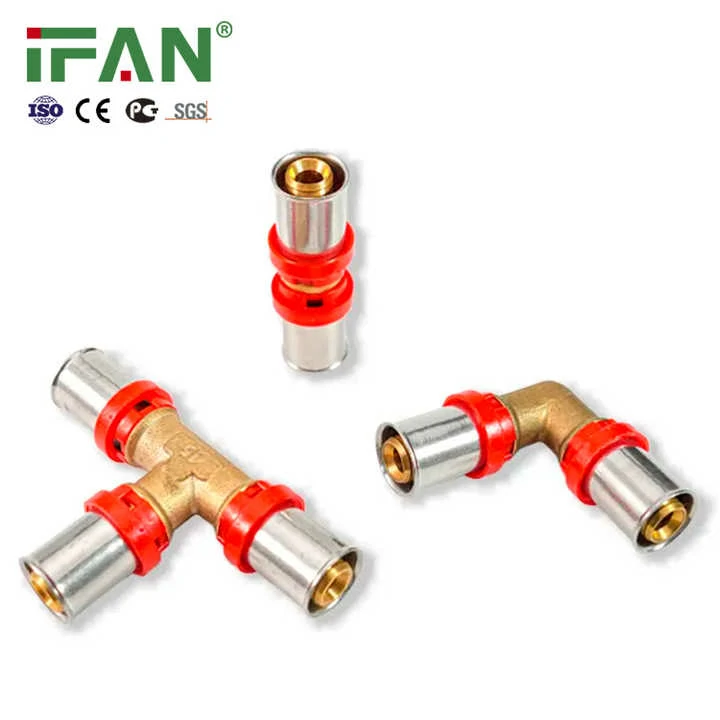Installation Speed Comparison
Press fitting systems reduce labor time by 70% versus soldering. A 2025 Singapore hospital project installed 1,200 press fittings in 8 hours—equivalent soldering would require 30 skilled workers and 3 days.
Long-Term Cost Analysis
Press fitting tools cost 2,000–2,000–8,000 upfront but eliminate soldering consumables. New York’s 2026 plumbing union reports $4.50 saved per joint over 10 years, factoring in eliminated torch gas and flux expenses.
Joint Integrity Under Stress
Properly pressed joints withstand 145–580 psi versus soldering’s 80–220 psi. German tests (2024) showed press fittings maintained seals during 7.0-magnitude earthquake simulations, while 38% of soldered joints failed.
Skill Dependency and Safety
Press fitting requires 8 hours of training versus soldering’s 200-hour certification. OSHA data reveals 92% fewer fire incidents in press fitting projects, critical in California’s 2025 wildfire-prone residential retrofits.

Material Compatibility Factors
Soldering outperforms press fittings for high-purity copper (>99.9%) in semiconductor plants. Taiwan’s TSMC (2026) retained soldering for 3nm chip fabrication lines due to press fitting’s 0.001% contamination risk from lubricants.
Thermal Performance Limits
Press fitting O-rings degrade above 300°F, whereas soldered joints handle 700°F. Chevron’s 2024 Alaskan oil refinery used soldering for 500°F steam lines where press fittings systems proved inadequate.
Retrofit and Repair Flexibility
Press fittings enables line modifications without draining systems. London’s 2025 Thames Water project saved 8 million liters daily using press fittings for live pipe repairs—impossible with soldering techniques.
Environmental Impact Metrics
Press fittings produces 0.03kg CO2 per joint versus soldering’s 0.47kg. Norway’s 2026 building code prioritized press systems after calculating 12,000-ton annual emissions reduction in commercial projects.

